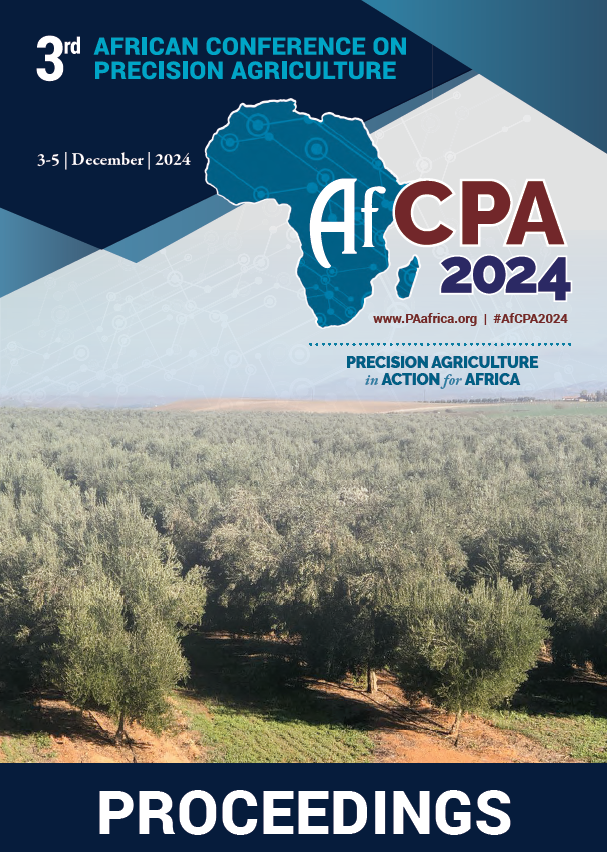Download the Conference Proceedings
Get your copy of the 2024 African Conference on Precision Agriculture Proceedings today! Download the PDF file and view all of the available proceedings.
Proceedings
Authors
| Filter results1 paper(s) found. |
|---|
1. Development and Validation of an Algorithm for Optical Sensor-based Nitrogen Fertilization for Durum Wheat in Central Ethiopia I. Algorithm DevelopmentMonitoring in-season nitrogen (N) management using proximal optical sensors is often considered highly cost-effective and efficient. Developing a successful sensor-based algorithm to optimize in-season N application for durum wheat could enhance productivity and nitrogen use efficiency. This study aimed to develop and validate a sensor-based algorithm for N fertilization of durum wheat in central Ethiopia. The developed algorithm is based on the prediction of total N uptake from normalized difference... S. Endris, T. Mesfin, O. Atnafu, S. Tamiru |
